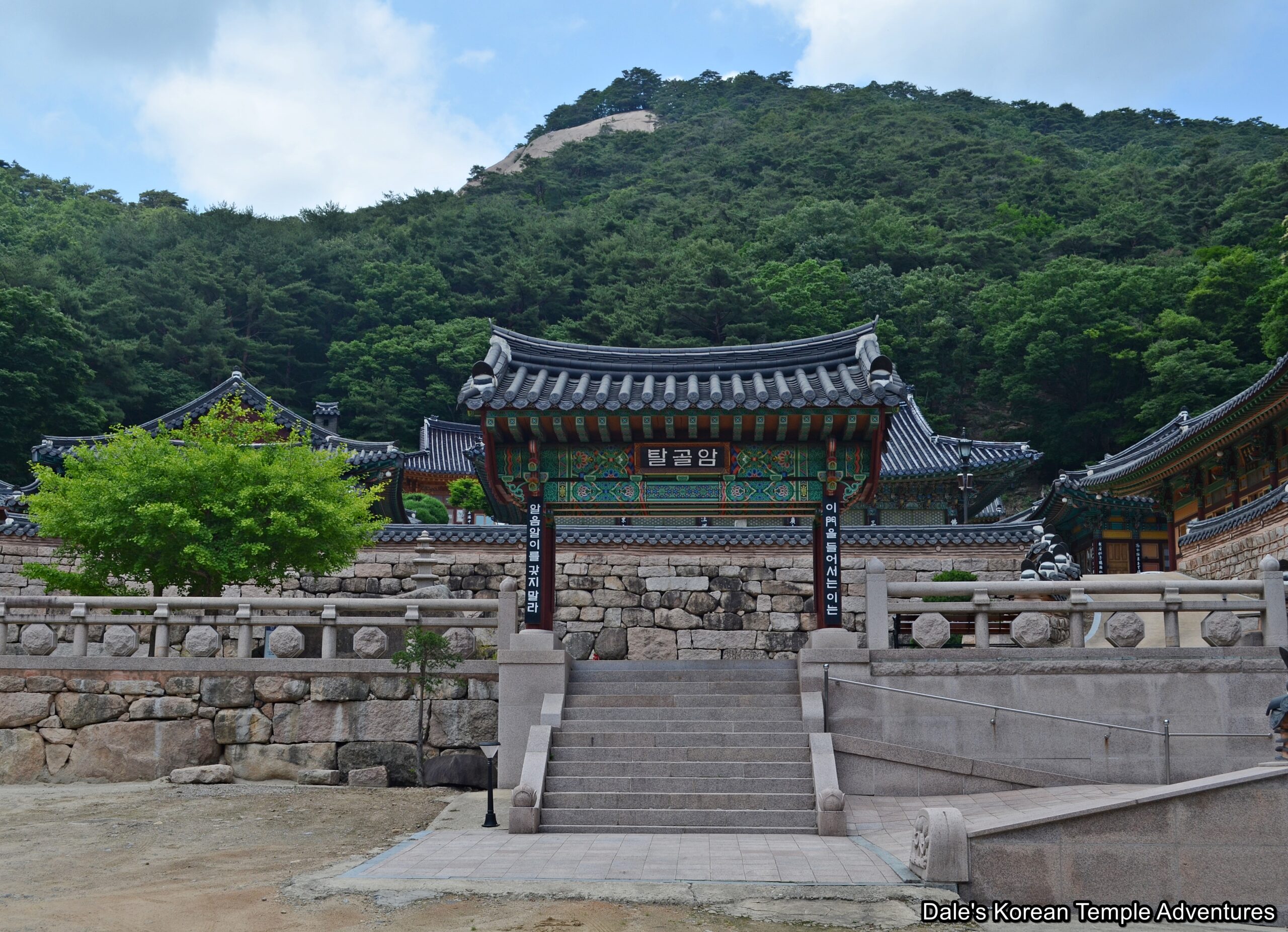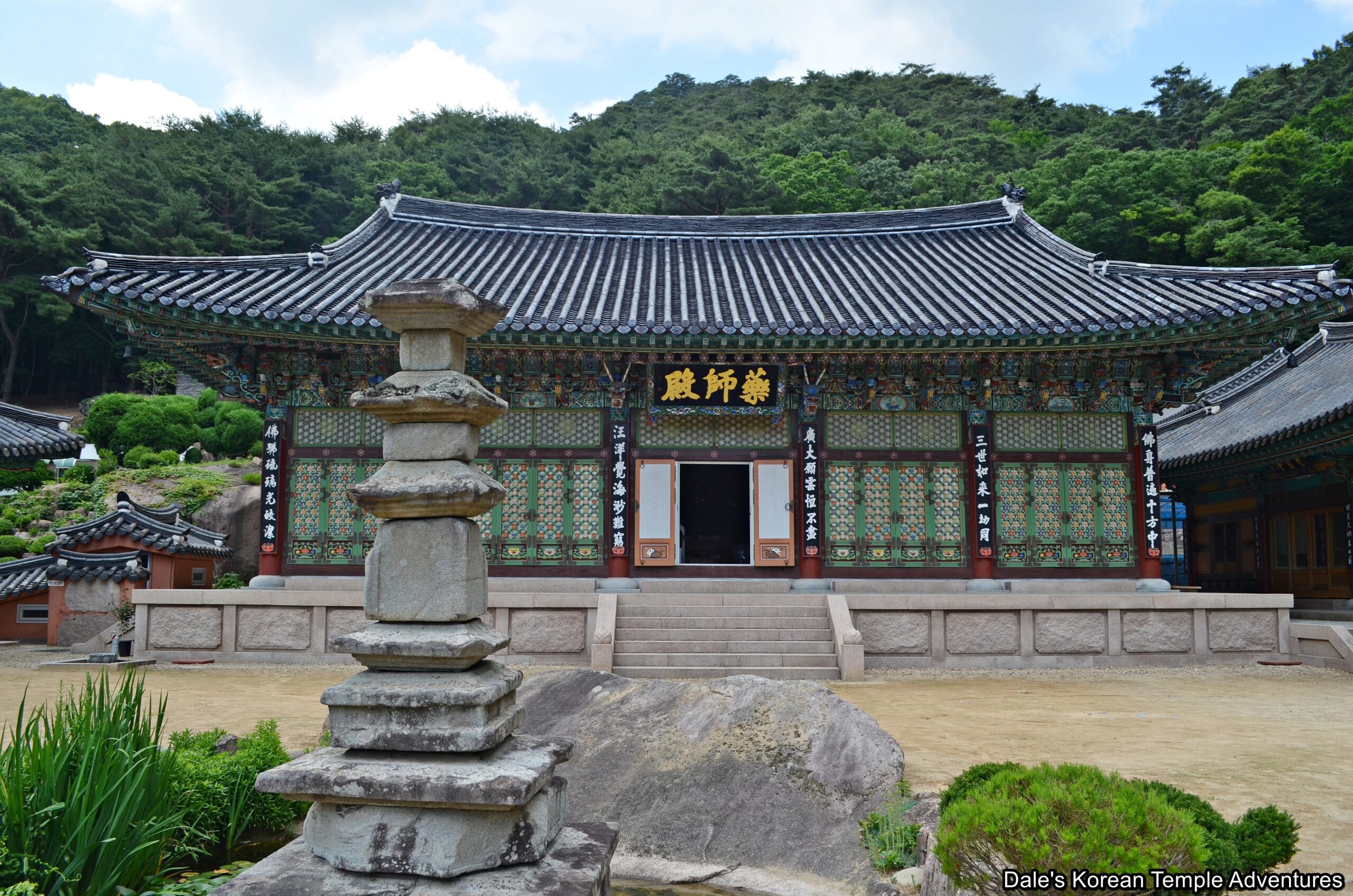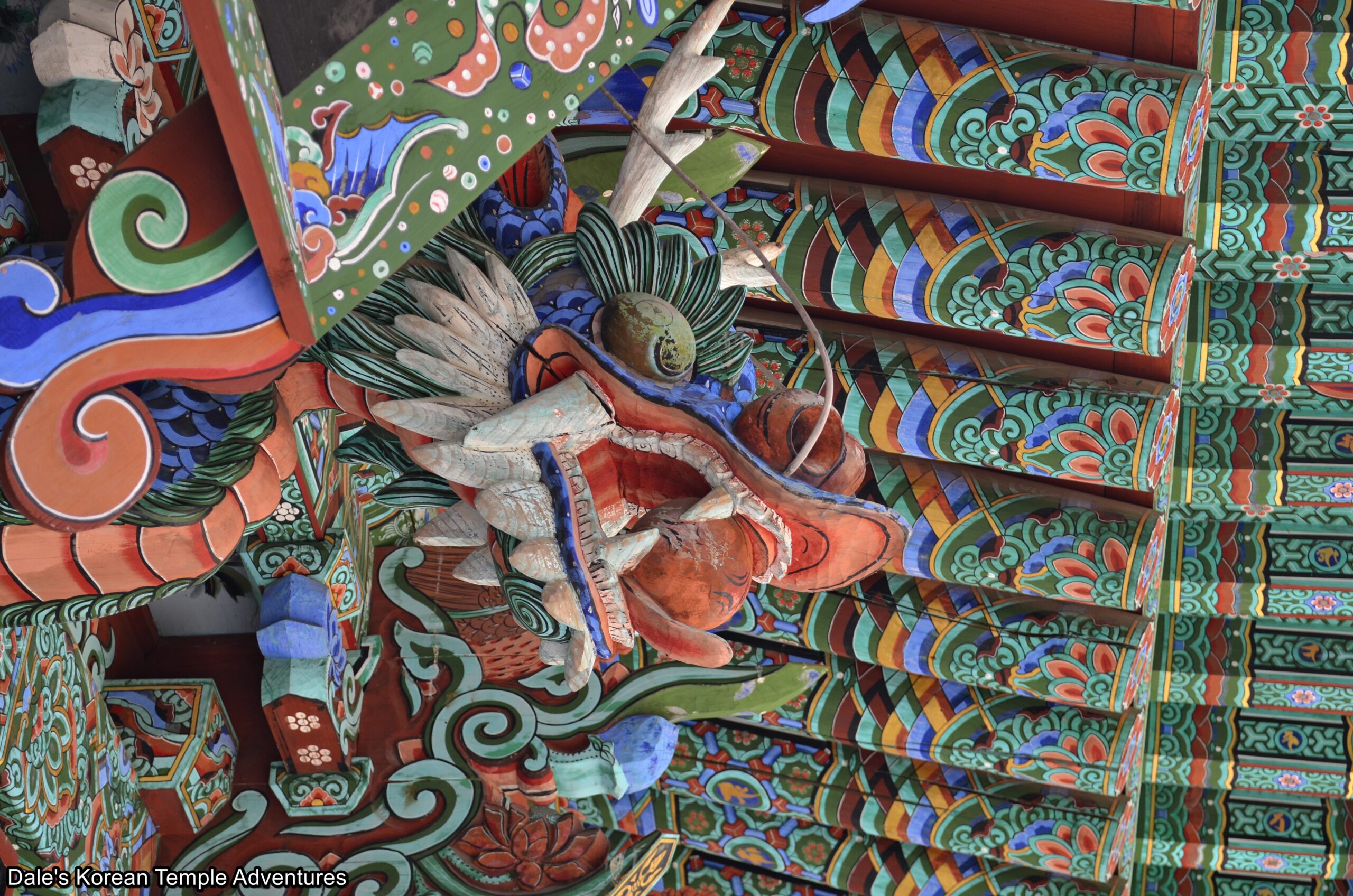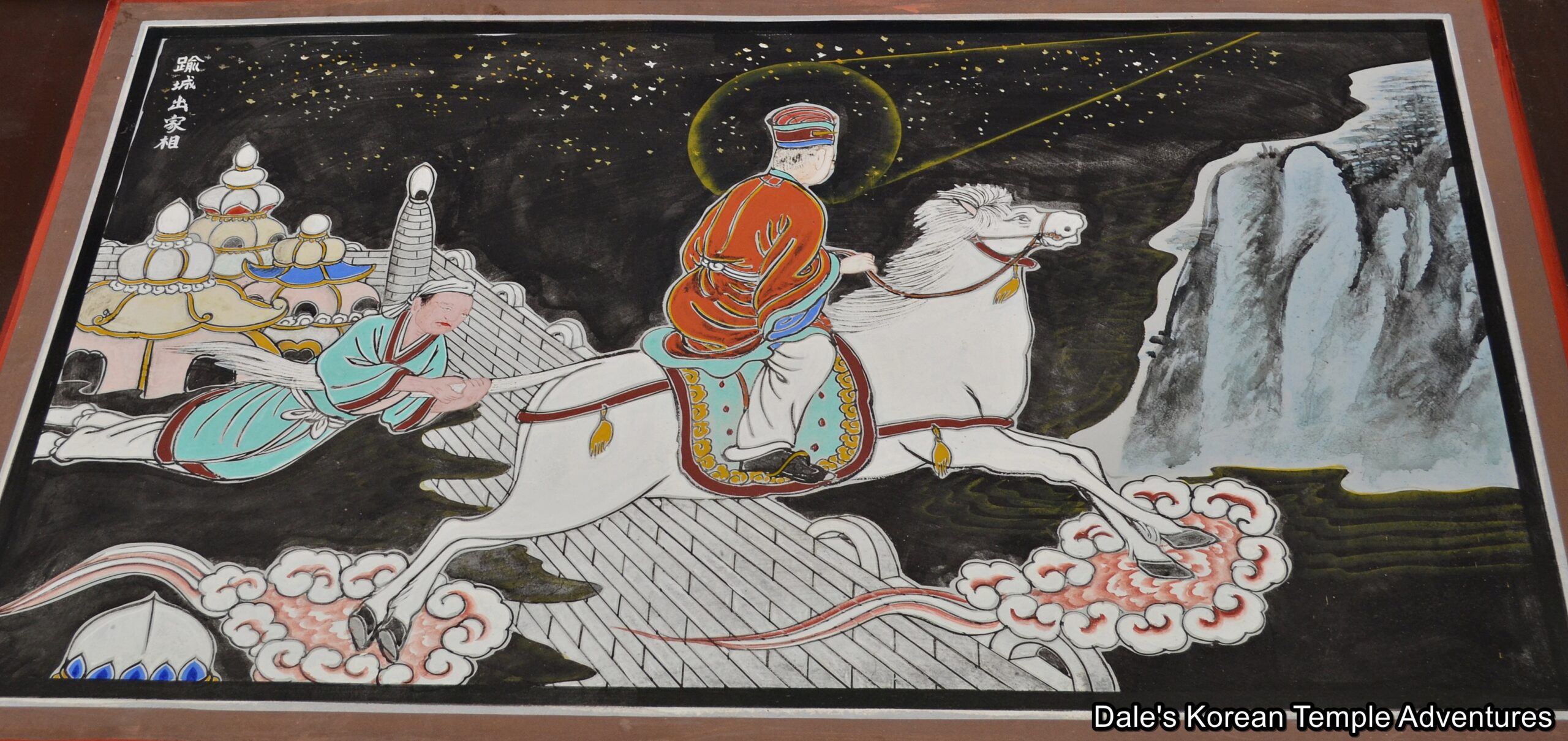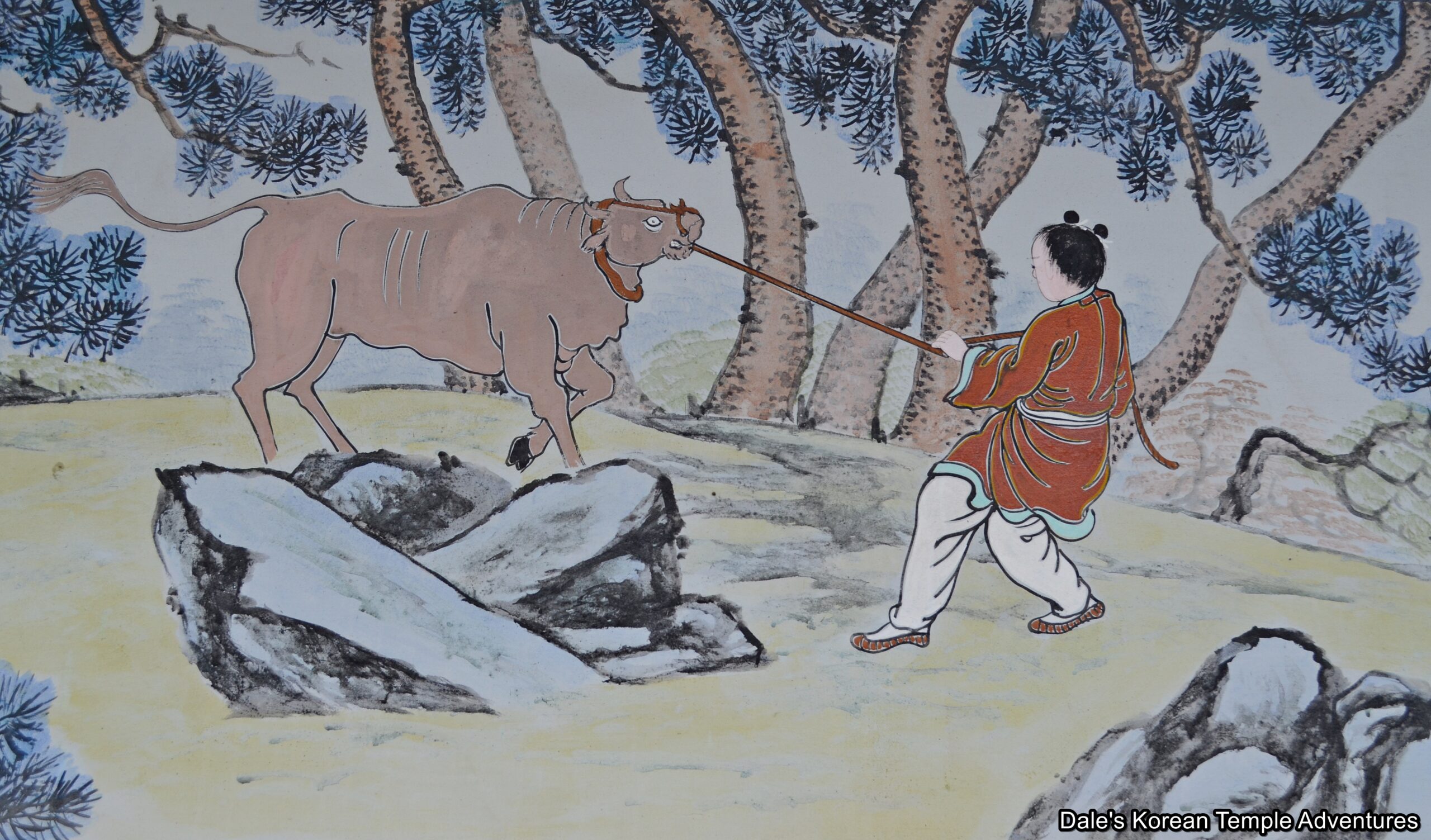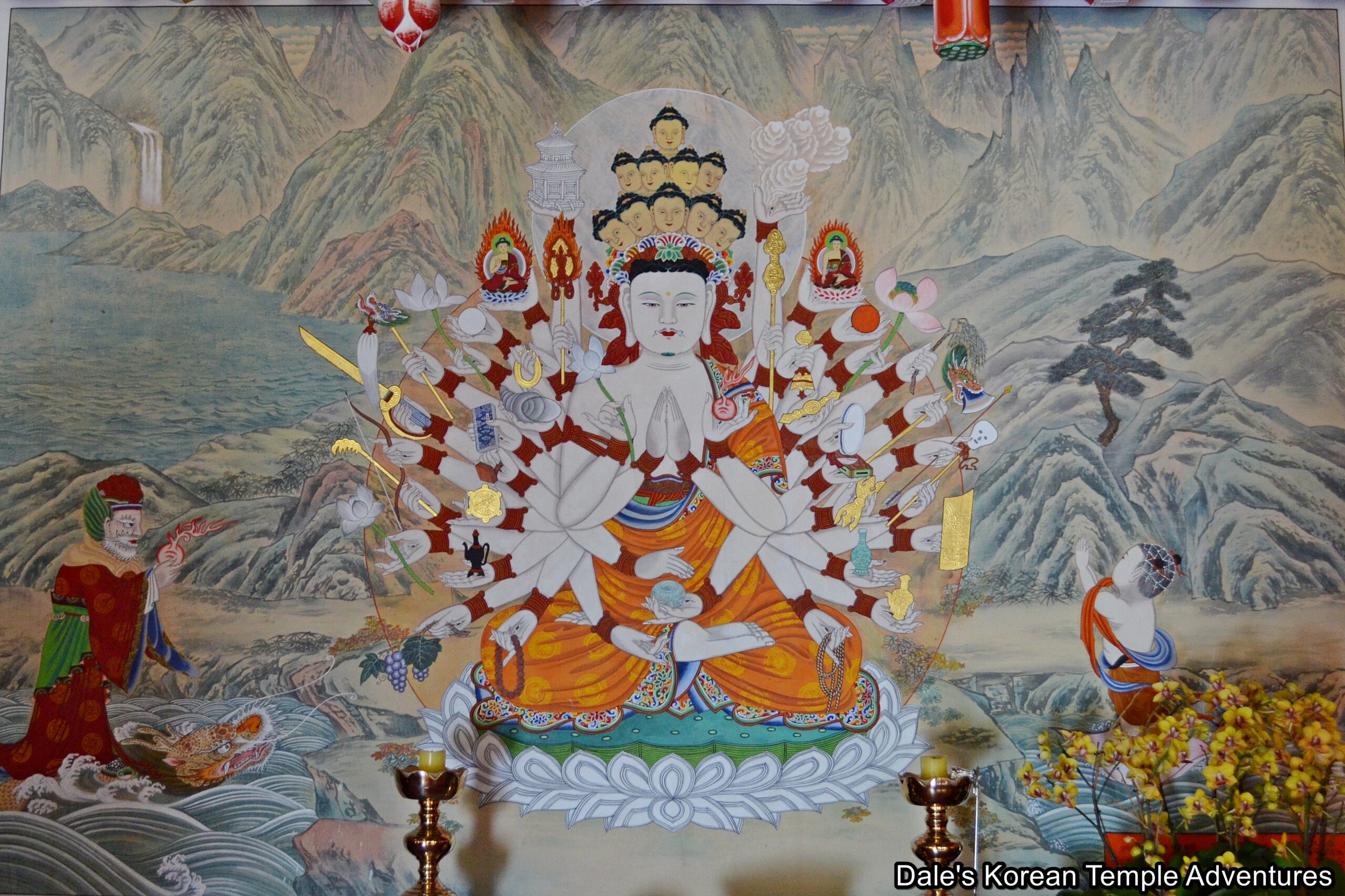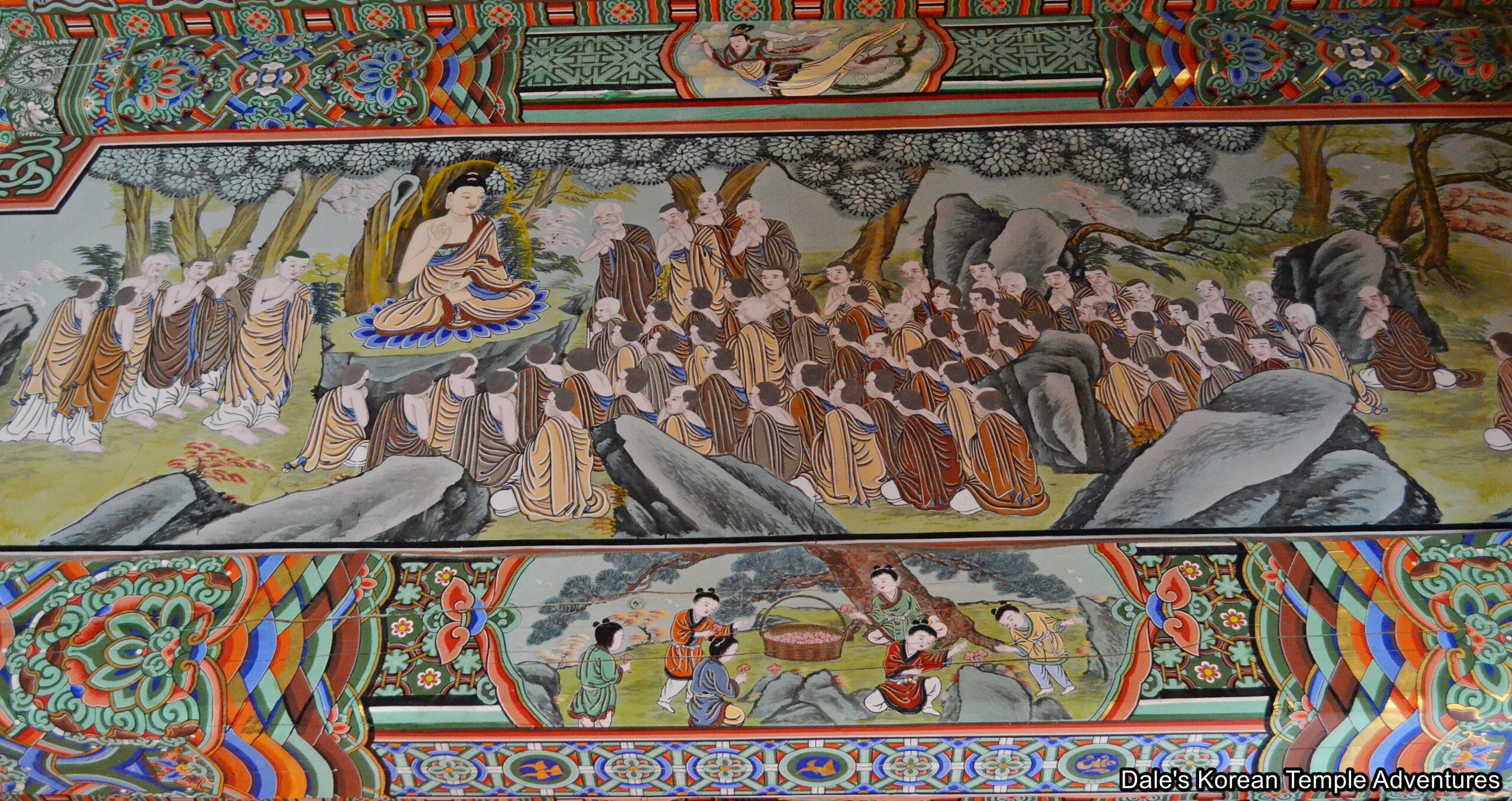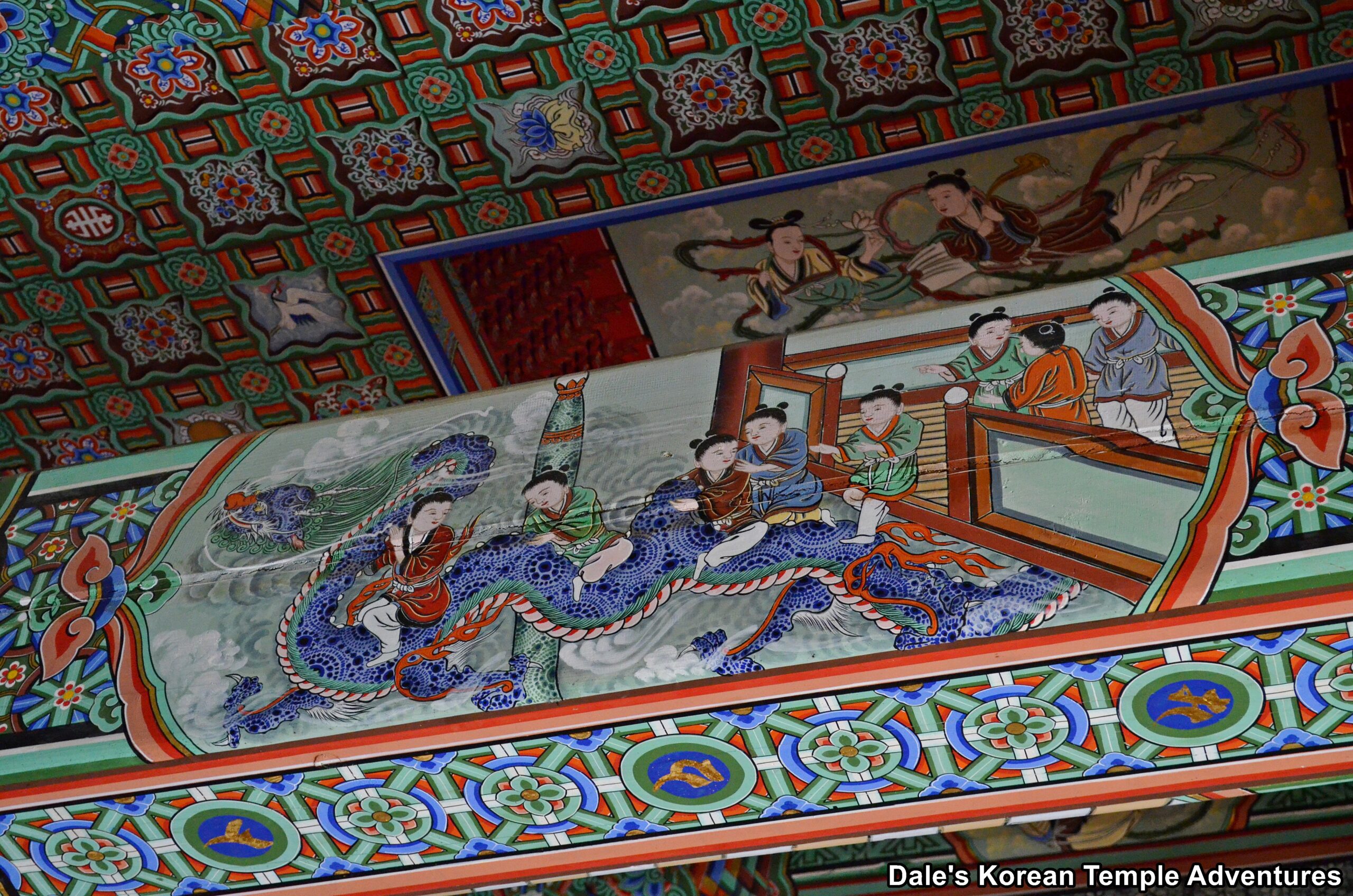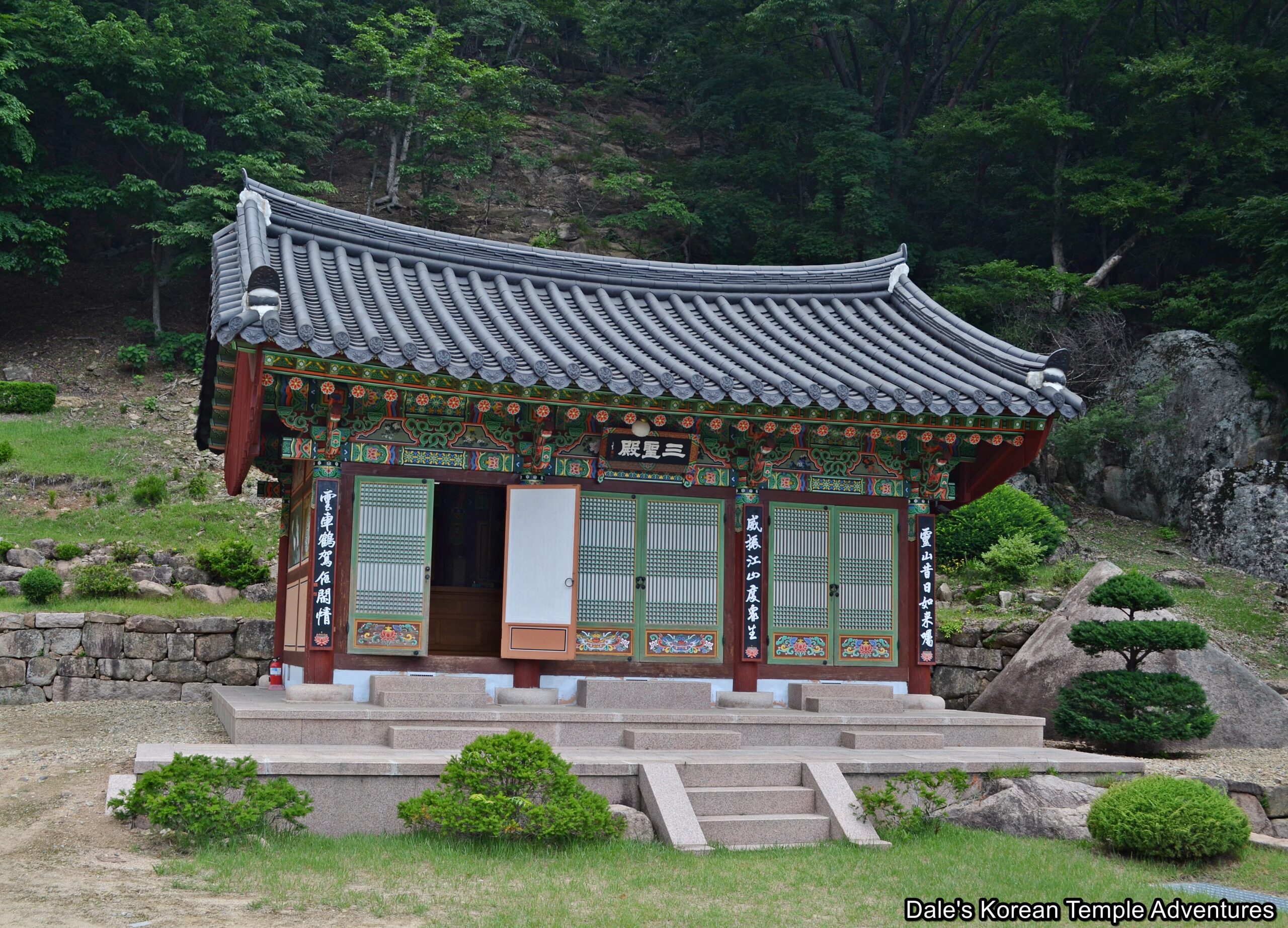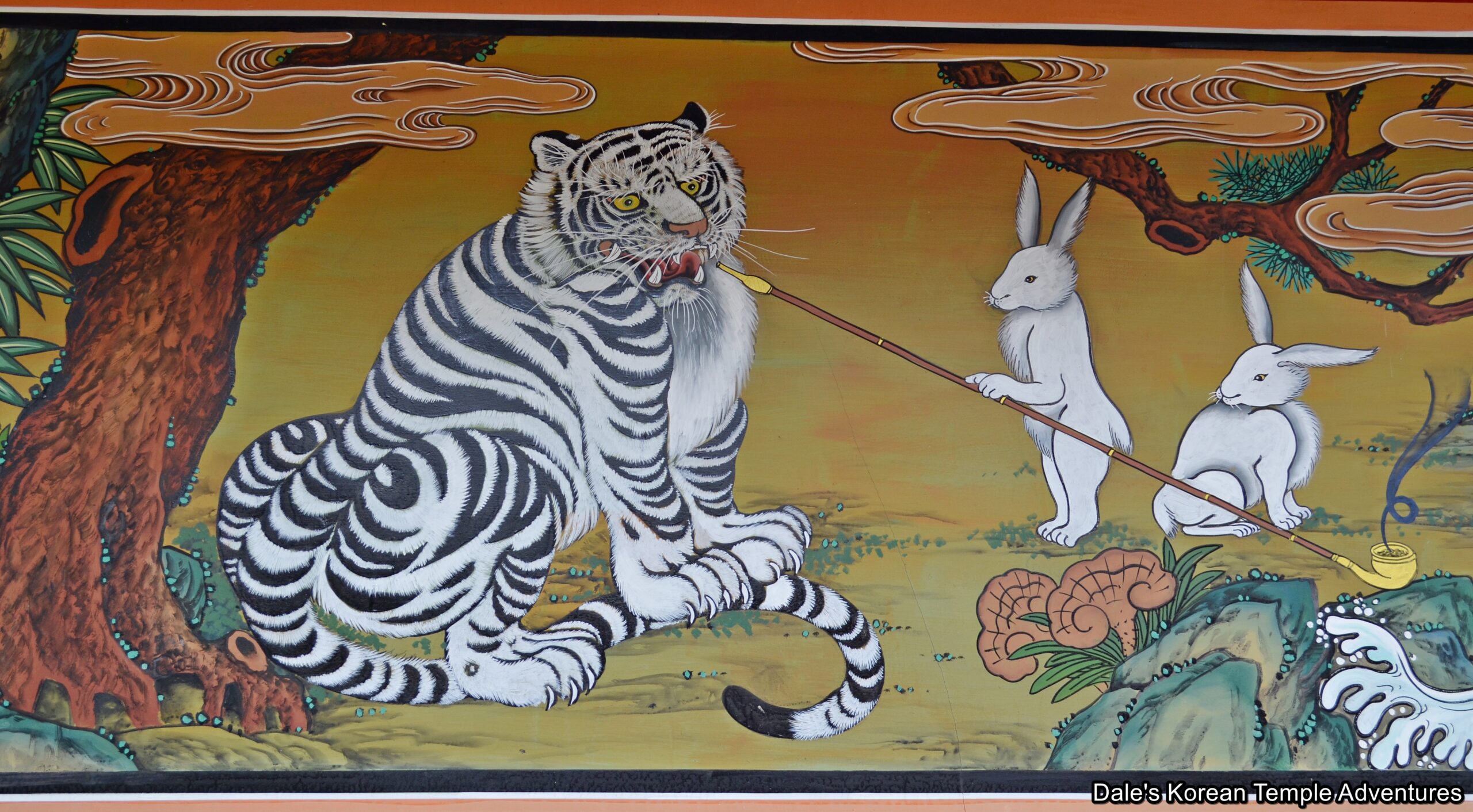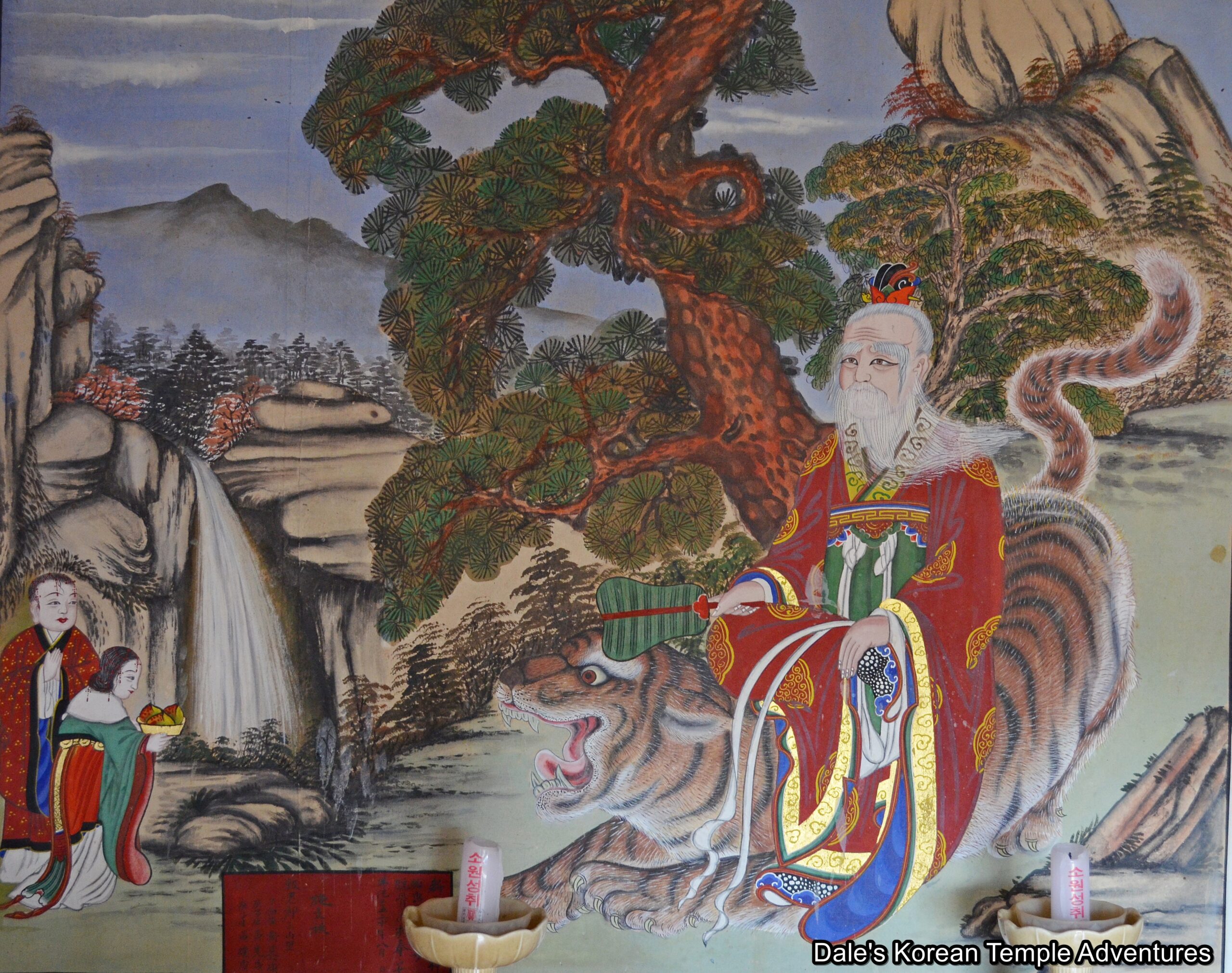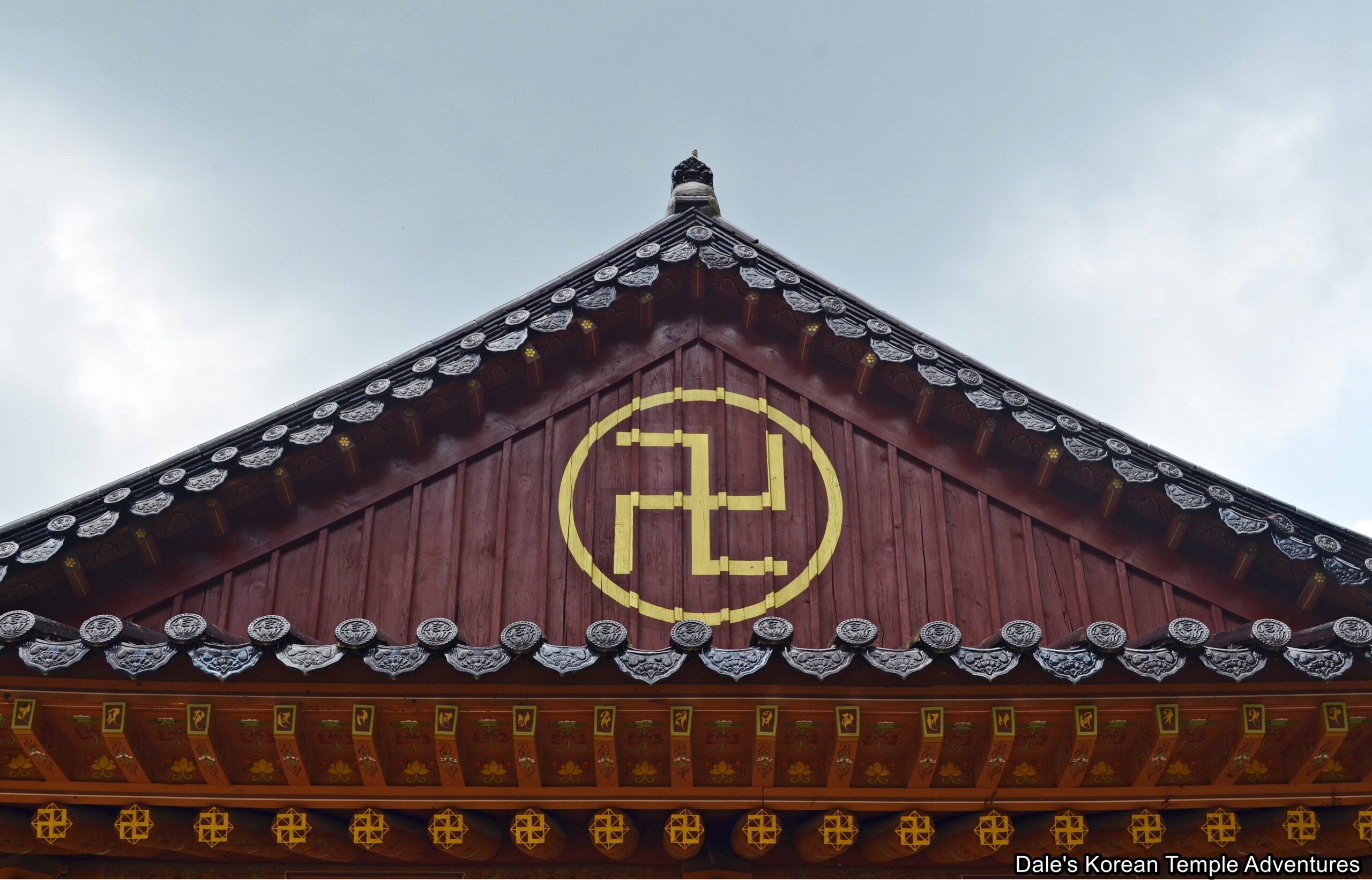Talgolam Hermitage – 탈골암 (Boeun, Chungcheongbuk-do)
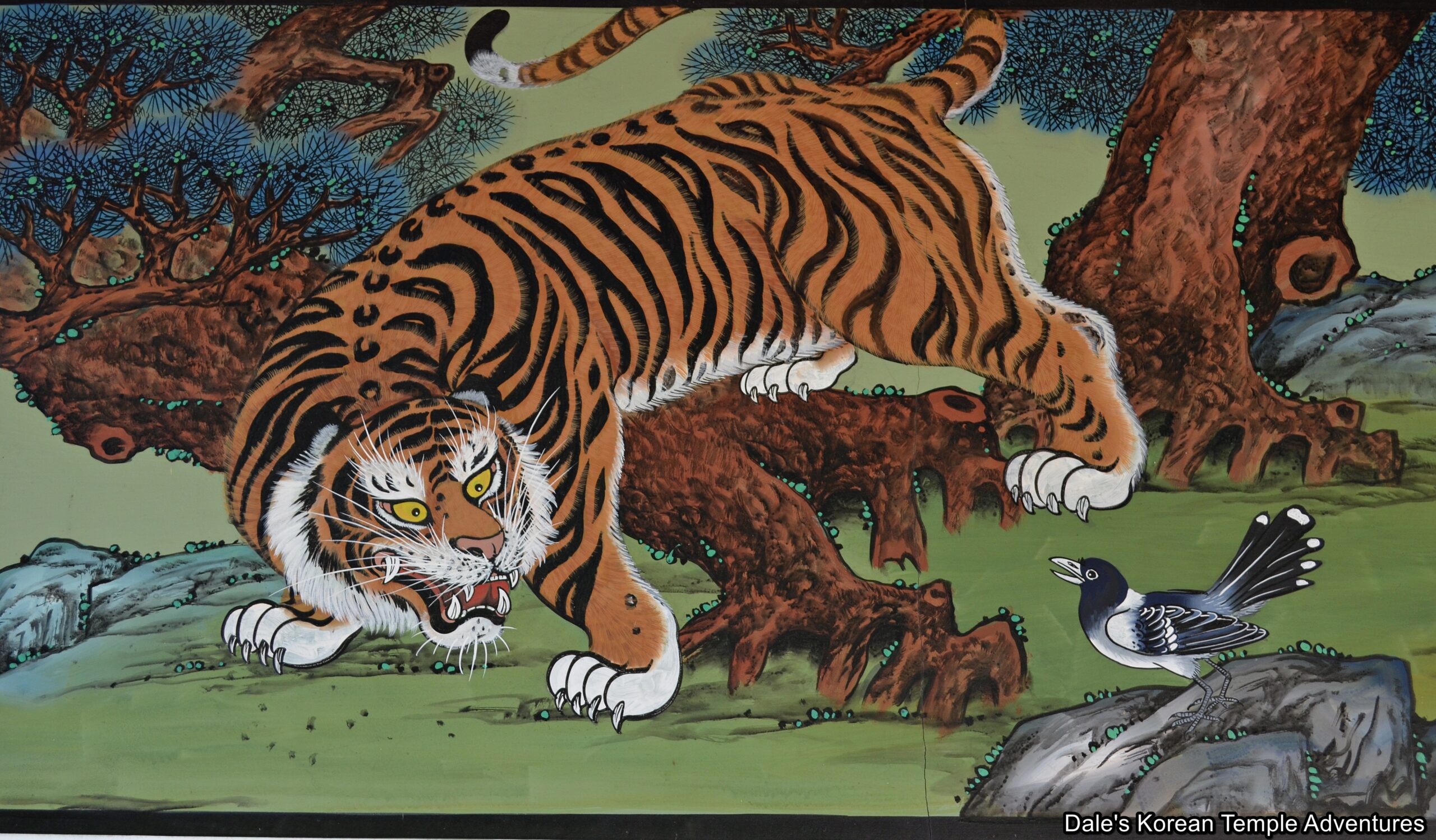
Hermitage History
Talgolam Hermitage is one of 11 hermitages directly associated with the famed Beopjusa Temple in Songnisan National Park in Boeun, Chungcheongbuk-do. There are two stories as to how Talgolam Hermitage was first built. The first story is related to the monk Jinpyo-yulsa (fl. 8th century). Purportedly, Jinpyo called his disciples to him at Talgolam Hermitage. Here, he taught them how to escape Samsara (the endless cycle of rebirth). The second story is related to the time of King Talhae of Silla (57 – 80 A.D.), when the founder of the Gyeongju Kim Clan, Gim Alji (65 – ?), was lamenting his appearance. Hearing that there was good mineral water in a hermitage on Mt. Songnisan, Gim Alji rushed to the mountainous area. While at Mt. Songnisan, he drank the mineral water and was cured. Of the two stories, the first is more plausible.
As for when Talgolam Hermitage was first founded, it’s believed to have been first founded in 720 A.D. It was later reconstructed in 776 A.D. by Jinpyo-yulsa. Since its founding, very little is known about Talgolam Hermitage during the Goryeo Dynasty (918-1392) and the early part of the Joseon Dynasty (1392-1910). It isn’t until 1624, when the hermitage was reconstructed by the monk Byeokamgakseong, that the hermitage reappears in historical documents.
More recently, the hermitage was destroyed during the Korean War (1950-53). All the buildings at Talgolam Hermitage were destroyed by fire and left in ruin. After the war was over, the hermitage was partially rebuilt in 1954. But after the temple was rebuilt, all that stood was the Yaksa-jeon main hall. Finally in 1967, monks started to stay at the hermitage, once more. And in 1977, the Samseong-gak Hall was built.
Hermitage Layout
When you first approach the hermitage from the hermitage parking lot, you’ll be greeted by the rather stout and squarish Iljumun Gate that reads “탈골암” on its signboard. The modern Iljumun Gate is also beautifully adorned with dancheong colours.
Winding your way to the right and up an incline past the Yosachae (monks’ dorms) and administrative offices at Talgolam Hermitage, you’ll be standing in the main temple courtyard. Straight ahead of you, and out in front of the Yaksa-jeon Hall, is a badly broken three-story stone pagoda. This pagoda is joined by an artificial pond and shrubbery.
As for the Yaksa-jeon Hall, the main hall is quite large for a hermitage. The front latticework and doors are beautifully adorned with both Gwimyeon (Monster Masks) and floral latticework. Looking up towards the signboard, you’ll find a pair of fierce dragons that are meant to symbolize the Banya Yongseon-do (The Dragon Ship of Wisdom). The exterior walls are adorned with a beautiful assortment of murals like King Sejo of Joseon (1455-1468) and Munsu-bosal (The Bodhisattva of Wisdom), Wonhyo-daesa (617-686 A.D.) and Uisang-daesa (625-702 A.D.), the Bodhidharma and Dazu Huike (487-593 A.D.), the Shimu-do (The Ox-Herding Murals), and the Palsang-do (The Eight Scenes from the Buddha’s Life Murals).
But as beautiful as the exterior is to the main hall, the interior to the Yaksa-jeon Hall is even more beautiful. Resting under a large red datjib (canopy) on the main altar is a triad centred by Yaksayeorae-bul (The Buddha of the Eastern Paradise, and the Buddha of Medicine). This central image is joined on either side by Jijang-bosal (The Bodhisattva of the Afterlife) and Gwanseeum-bosal (The Bodhisattva of Compassion). To the right of the main altar is a rather ghostly image dedicated to a multi-armed and headed Gwanseeum-bosal. And to the left of the main altar is a mural dedicated to Jijang-bosal. Hanging on the far left wall is a rather non-traditional Gamno-do (Sweet Dew Mural). The reason I say non-traditional is because it includes the Dragon Ship of Wisdom, while excluding Agwi (Hungry Ghosts) in the centre of the mural. However, it does have the Seven Buddhas at the top of the mural with a traditional scene of life and punishment during the Joseon Dynasty (1392-1910) at the bottom of the mural. So while this Gamno-do mural follows some of the prescribed traditions of this style of painting, it also re-imagines others. And hanging on the far right wall is a well-populated Shinjung Taenghwa (Guardian Mural). As for the rest of the interior of the Yaksa-jeon Hall, the entire interior is beautifully adorned with various murals of dongja (attendants), dragons, and the Buddha. It makes for a wonderful interior.
To the right rear of the Yaksa-jeon Hall, and up another cemented incline, you’ll find the hermitage’s Samseong-gak Hall. The exterior walls are wonderfully adorned with two folk paintings. One of the two is a modern “Magpie and Tiger” (Kkachi horangi – 까치호랑이), while the other is a “Tiger Smoking a Pipe.” Both are modern. And both are stunning. Stepping inside the Samseong-gak Hall, you’ll find a triad of paintings on the main altar. The central image is an older mural dedicated to Chilseong (The Seven Stars). While the two other modern paintings are dedicated to Sanshin (The Mountain Spirit) and Dokseong (The Lonely Saint).
To the left of the Samseong-gak Hall, and still in the upper courtyard, is another hall that looks to be for lectures and retreats and off-limits. And to the left of this hall is a modern three-story stone pagoda.
How To Get There
To get to Talgolam Hermitage, you’ll first need to get to the Boeun Intercity Bus Terminal. From the terminal, there’s a bus that goes directly to Mt. Songnisan. This bus runs every thirty to forty minutes throughout the day. From where the bus drops you off at the Songnisan stop, you’ll need to walk an additional twenty minutes to the Beopjusa Temple/Mt. Songnisan ticket office. From Beopjusa Temple, you’ll need to walk 2.5 km, or 45 minutes, to get to Talgolam Hermitage. Just follow the signs.
Overall Rating: 5/10
Definitely the main highlight to Talgolam Hermitage at Beopjusa Temple is all the artwork in and around the shrine halls. Of particular note is all the artwork around the Yaksa-jeon Hall with various motifs, as well as the two folk paintings that adorn the exterior of the shaman shrine hall, the Samseong-gak Hall. Additionally, the interior to the main hall isn’t too shabby either. So keep your eyes peeled, because there’s a lot of beautiful artwork on almost every surface at Talgolam Hermitage to appreciate.
